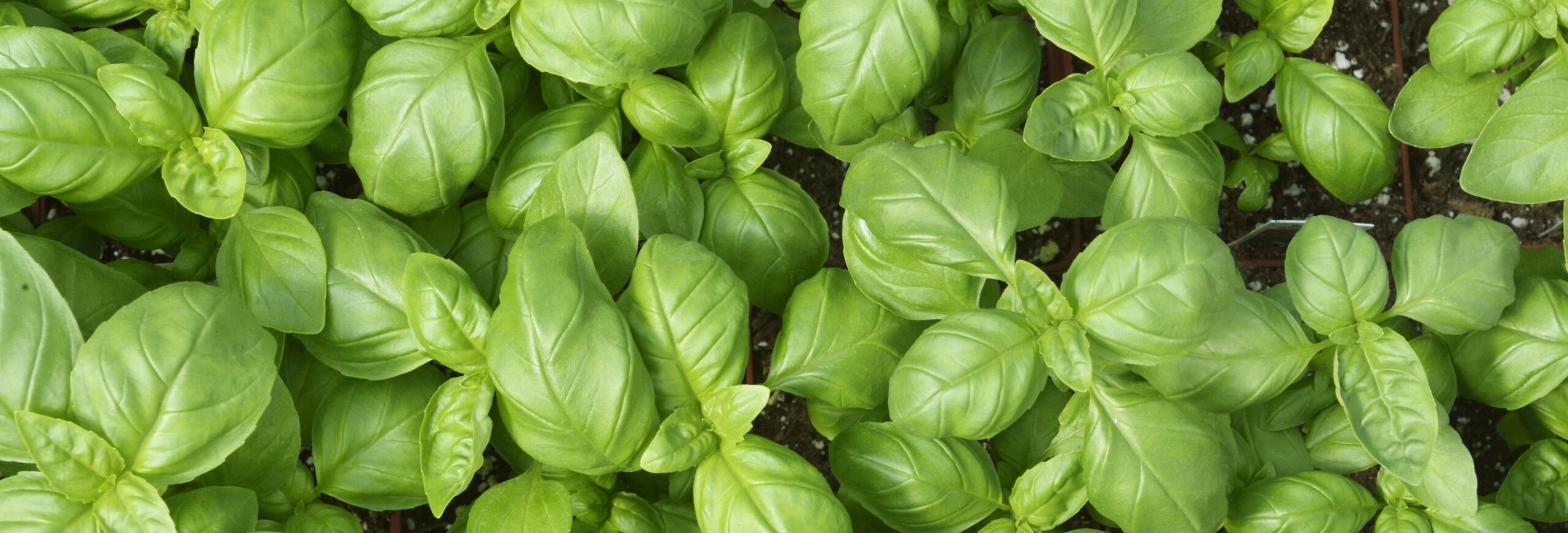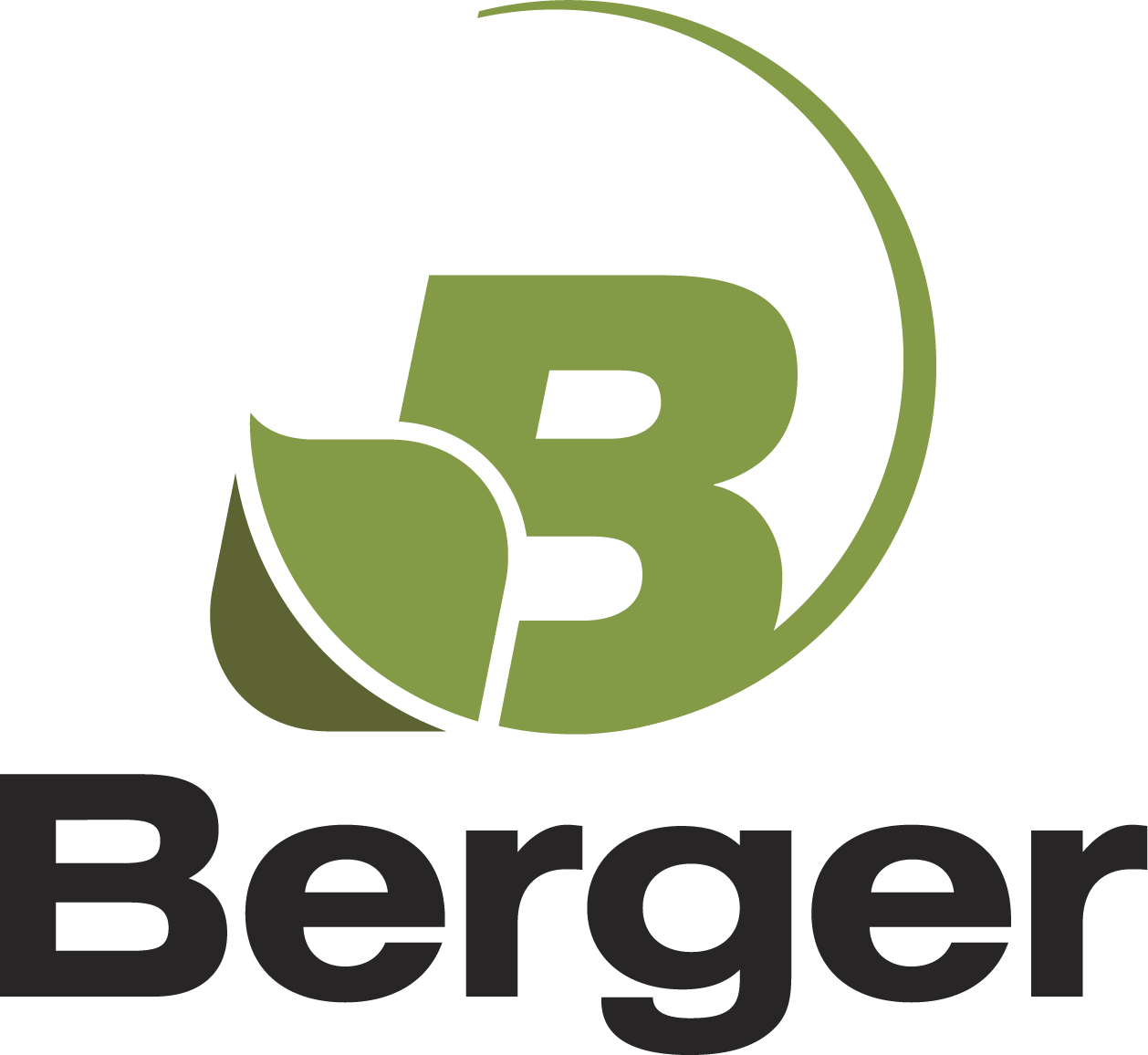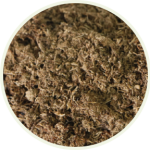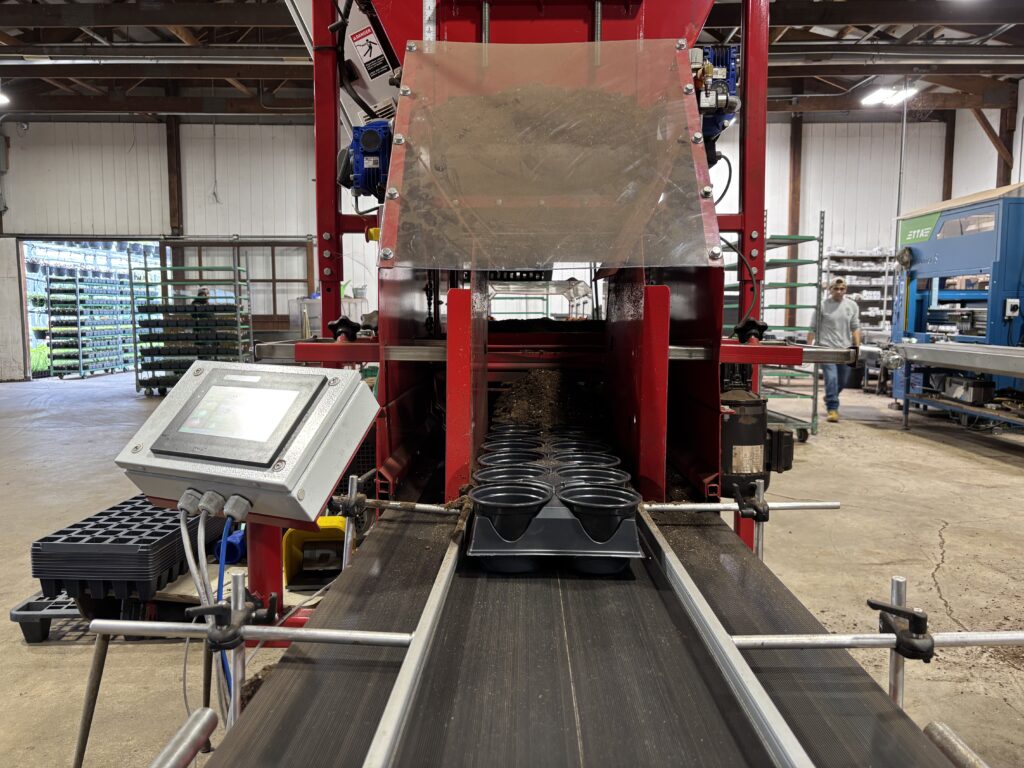Find out more on how Berger can help your crop yield – and feed the world. LET’S TALK CEA
The Importance of Food Safety Procedure
By Pauline Portal, M. Sc. | Technical Services Advisor
Now above 8 billion, the world population continues to grow, and alongside the demand for food is also constantly increasing. The year-round production of edible crops such as leafy greens and herbs in a controlled environment has proven a viable option to supply fresh produce in proximity to high density populations and provide additional food security. However, we cannot talk about food security and leafy green production without addressing food safety.
What is food safety?
You may be wondering what the difference is between food security and food safety. The former is having reliable access to affordable and nutritious food. The latter are the conditions and practices that preserve the quality of food to prevent contamination and food-borne illnesses. Food safety is a key aspect of food security because it helps protect public health by ensuring that what is eaten will not be harmful. From raw materials to finished produce, each step in the food chain should carefully follow the key pillars of food safety when applicable and adopt an appropriate strategy to avoid contaminations.
Contaminations can come from direct sources (ex: manure applied directly in the field), or indirect sources, (ex: contaminated water, seeds, substrates or fertilizers used, the workers, etc.). Foodborne contaminations can come from many different sources such as viruses, parasites, toxins or other chemicals. However, bacteria are the most common culprits and can cause the most damage. Among the best known and most dangerous foodborne bacterial pathogens are Salmonella spp., Listeria monocytogenes and E. coli O157:H7.
To ensure our CEA customers can use Berger products without any concerns, we have established our own food safety protocols.
What are the more common food borne pathogens?
All bacteria in the Salmonella genus are classified as “Enteric Bacteria”, meaning they live in the intestines of animals. They can also be present in animal feed and can often contaminate animals that are destined for human consumption. The pathogenic strains can then be transmitted to humans when they consume the contaminated meat that was not properly cooked. The severity of illness caused by this pathogen will depend on the health status of the affected individual and the species of Salmonella.
L. monocytogenes is a bacterium that can be frequently found in moist environments, soil, water, decaying vegetation and animals. Thus, it can sometimes be found in certain foods that we consume. It can survive and even grow under refrigeration and other food preservation measures. When ingested, it can cause listeriosis which is a serious and invasive infection that is most likely to sicken pregnant women and their newborns, adults aged 65 or older, and people with weakened immune systems.
Finally, E. coli O157:H7, is the most important pathogenic species of E. coli. It is also the most harmful to public health.
To better comprehend the risks associated with this pathogenic strain of E. coli, we must first understand what coliforms are: a large family of bacteria (see figure below) that are always present in the digestive tracts of animals and can also be found in the environment (soil, plants, and water). Within this family we find the sub-category of fecal coliforms, or thermotolerant (resistant to high temperatures) coliforms. This group of coliforms is considered an “indicator” group since most of the strains of bacteria found in this group are considered harmless to humans, but their presence in large numbers indicates there is a higher probability that a pathogen is present and may be cause for concern. Additional tests are required to detect the presence of the pathogenic strains.
How does Food Safety apply to growing media?
According to the WHO (World Health Organization), it is the responsibility of manufacturers involved in the food chain to ensure, among other things, that food is grown and handled in the safest possible manner to eliminate or greatly reduce the risk of microbial growth. Growing media is an important component in many types of CEA productions and therefore directly involved in the food chain. At Berger we strongly believe it is critical that substrate manufacturers who supply this market should establish some food safety procedures. Unfortunately, there currently aren’t any well-established food safety standards for growing media in North America.
To ensure our CEA customers can use Berger products without any concerns, we have established our own food safety protocols. The first step was to analyze our entire supply chain and manufacturing process, identify potential sources of contamination and implement plans of action to eliminate or minimize these risks. This led us to several improvements such as equipment upgrades, a thorough review of our procedures and the optimization of our production sequencing.
All these efforts and our carefully selected mix ingredients are what allow Berger to offer “Food Safety Tested” (FST) products. These products are analyzed by an independent laboratory and they do not leave our factories without compliant pathogen test results. Since there are no standards for the growing media industry, we consulted our customers and adopted similar norms to those applied to the water they use. In addition, we can supply a certificate of analysis for specific pathogens with each “FST” production.
How does Berger prevent contamination of our growing media?
You may be wondering how likely food pathogen contaminations are within growing media. Before answering this question, it is important to understand what types of environments are conducive to microbiological growth. To thrive, most microorganisms need oxygen, moisture, nutrients, an adequate pH and warm temperatures. Without these elements, most microbial populations will tend to decline.
The main ingredient used in most growing media recipes is sphagnum peat moss which naturally grows in certain types of bogs. This acidic environment with low oxygen and low nutrient levels is ideal for the growth of sphagnum, but it is far from ideal for most microorganisms. This explains why peat moss is inherently considered pathogen-free. However, that doesn’t mean it’s sterile. There are bacteria and fungi that have adapted to this environment, but they are harmless.
This explains why sterilizing peat moss is completely unnecessary. However, once it is harvested, it is critical to take certain precautions to ensure it doesn’t get contaminated “downstream” during storage and handling.
Other growing media ingredients such as perlite, vermiculite or wood fiber, do not pose a significant risk due to their manufacturing process. The wood chips used to manufacture NF Wood is pre-heated at high temperature and pressure before the defibering process. The perlite and vermiculite ores are heated at more than 1000ᵒC (1832ᵒF) to expand them into the aggregates we know and use. Essentially, these ingredients are sterile when they are produced, but once again we are mindful during storage and handling.
Some ingredients, such as compost, are inherently riskier. To produce a “clean” compost, you cannot cut corners; inputs and processes must be controlled. At Berger, there is regular and strict monitoring of the composting process. We carefully monitor the temperature and water content during the entire process. This ensures that we maintain ideal moisture while we reach and hold the targeted temperatures for the optimal amount of time to eliminate undesirable microorganisms. There is also dedicated equipment to handle each step of the process to avoid cross-contaminations. When done properly, the compost should be safe for food production. Not only that, a good quality compost contains a lot of desirable microorganisms that can contribute to strengthen the microbial community of a growing medium which can also reduce the risk of outbreaks of other undesirable pathogens.
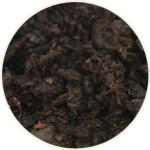
Regardless of the risk level, we strongly believe in a pro-active approach. All inputs that are used to manufacture CEA products are regularly tested. For riskier ingredients, we implement additional monitoring to minimize risks. Even the water we use on the production line is frequently sampled and analyzed. We have also added UV system to our water treatment as an additional preventative measure. This way, we make sure that everything that goes into our growing media is free from contaminations.
Finally, don’t hesitate to get outside help. Getting a different perspective can be very helpful to troubleshoot or simply improve your practices. For example, following the visit from an external consultant, we were able to significantly improve our sanitary protocols and cleaning procedures. Our goal is to always stay pro-active and continue to offer the safest possible products for our customers. Also, our team of advisors are available to visit and provide their input.
Food safety is everyone’s business, and everyone involved in the food chain must do their part to ensure that they contribute to the preservation of public health. For Berger, this begins with the harvesting of peat from our bogs, but it applies to all aspects of our operations and ends with the finished growing media our customers can safely use to grow the food we all eat. We are proud of what we have accomplished, but we also understand food safety is a continuous effort and there is always place for improvement, which is why we will continue to adopt a pro-active approach.
